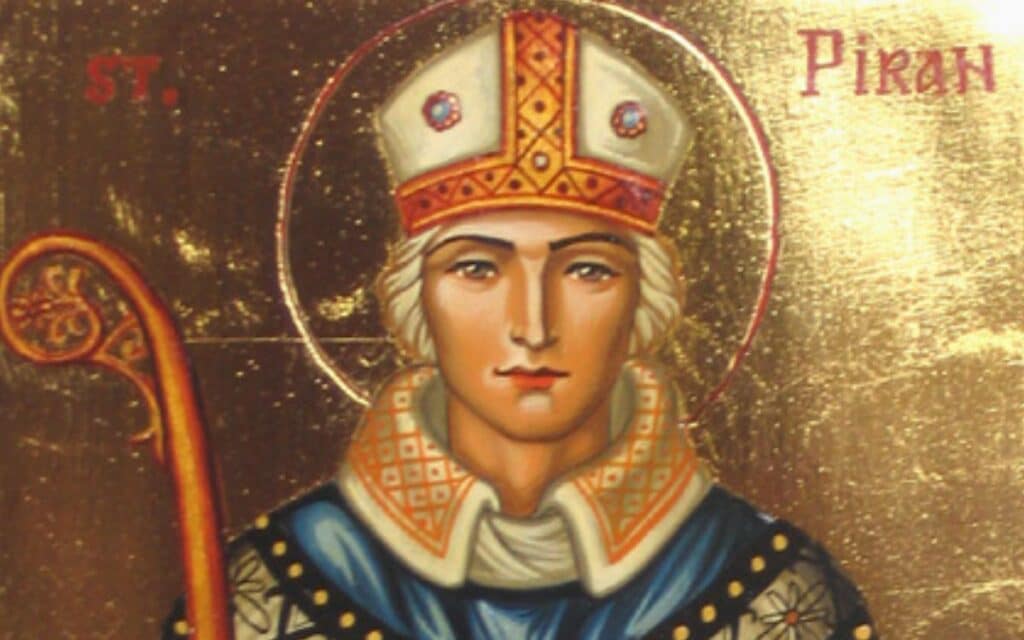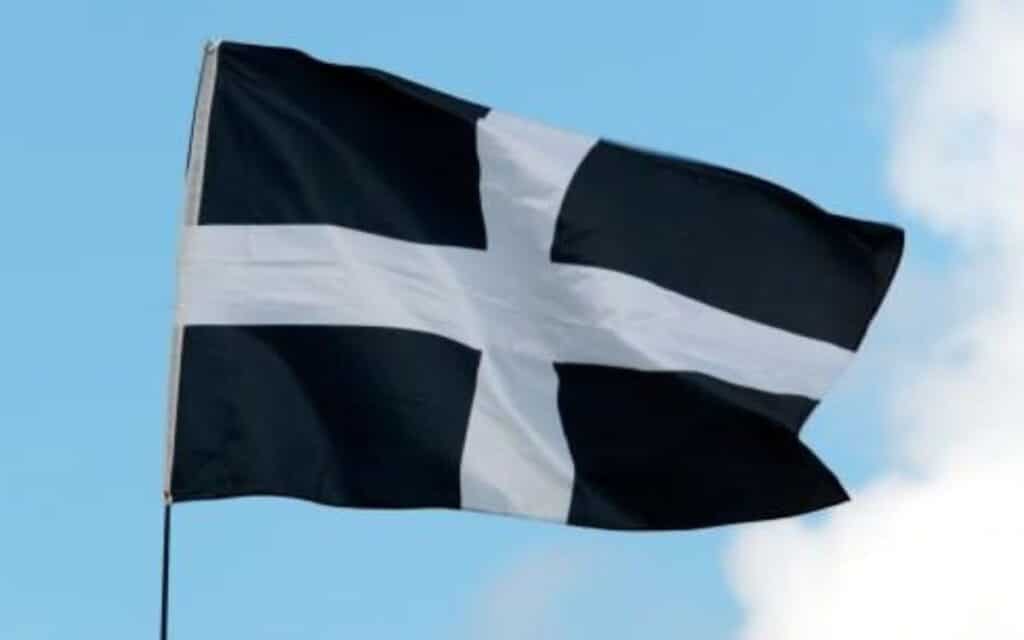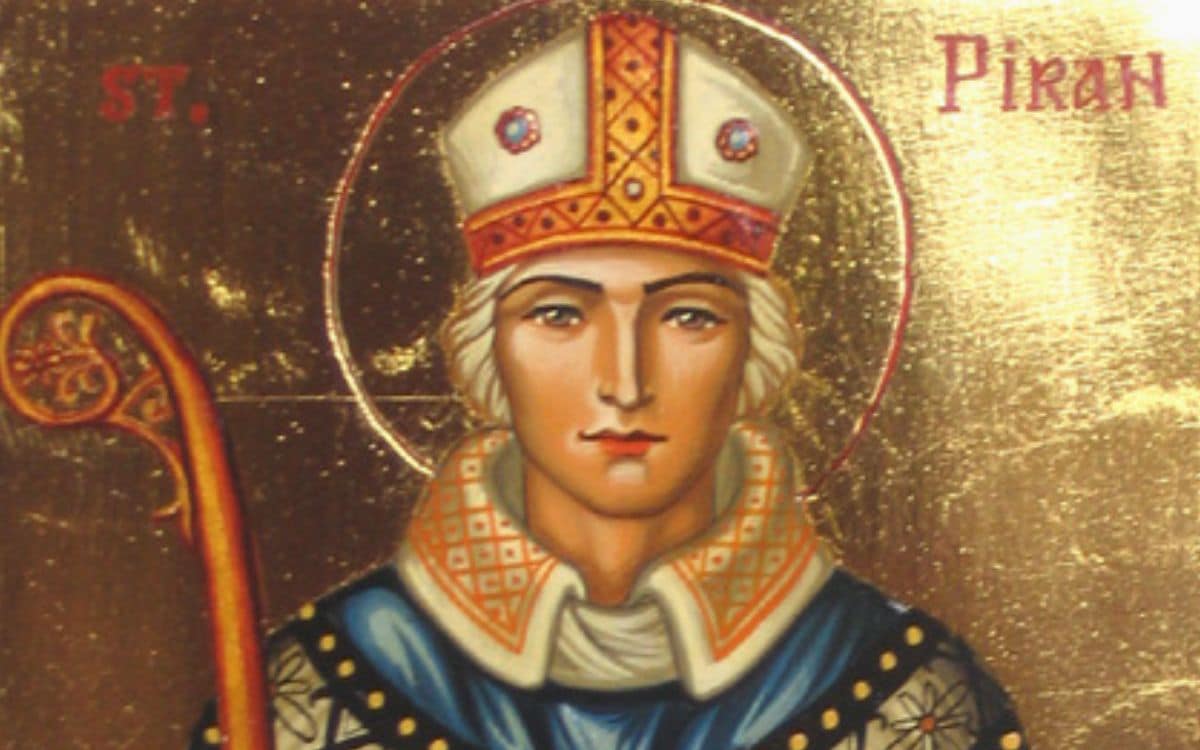As Cornwall celebrates St Piran’s Day on 5 March, we reflect on how this mystical cleric became the revered patron saint of the region and its tin miners, embodying the magic and mystery that Corn2wall is known for.

St Piran’s Day is a celebration of Cornwall’s patron saint, Saint Piran, who is believed to have brought Christianity to the region about the 6th century.
On 5 March each year, Cornwall comes alive with parades, music and traditional Cornish foods in his honour.
His story is interesting with loads of the mysteries similar to other British and Irish saints.
According to legend, St Piran was born in Ireland about the 6th century. He was known for his strong faith and his ability to perform miracles, including turning water into wine and raising the dead.
However, St Piran’s life took a strange turn when he was accused of heresy by preaching the word of the Gospel and thrown into the sea in a millstone.
Instead of drowning, though, the cleric miraculously floated across the Irish Sea and ended up on the Cornish coast, where he made his new home.
When he landed in Cornwall, St Piran’s first followers were a badger, a bear and a fox.
St Piran Discovers Tin
St. Piran is most famous for being associated with the discovery of tin in Cornwall (although it had previously been mined by the Romans, it had been forgotten in subsequent times).
According to legend, St Piran came across a black stone with a white cross on it while building a fire.
As he heated the stone, he noticed that a stream of pure silver began to flow out of it.
This led to the growth of the Cornish tin industry, which brought in a lot of money for the area.
St Piran is also the patron saint of tin miners and is often depicted holding a shovel or a pick axe.
The Cornish flag, which features a white cross on a black background, is said to represent the black stone with the white cross that St Piran discovered.

Tragic Ending of St Piran
Despite his miraculous life, St Piran’s story also has a tragic ending.
Legend has it that St Piran lived an impressive 200 years. However, his demise remains shrouded in mystery as there are no records of his death, only tales of him falling down a well (apparently he was found of the drink).
His remains were lost until the 7th century when a group of Irish monks came to Cornwall and discovered them by following a vision of a bright light in the sand dunes.
They reburied him in a churchyard, which eventually became the site of St Piran’s Oratory, a small chapel that still stands today.
St Piran’s Day in Cornwall Today
The contemporary celebration of St Piran’s Day as a national emblem of the people of Cornwall began in the late nineteenth and early twentieth centuries, when Celtic Revivalists attempted to provide the people of Cornwall with a national day similar to those of other places.
During the 1950s, the festival has grown in popularity. Almost every Cornish community now throws a festival to commemorate the occasion. Festivities over the years have been known to be quite joyous. It’s given rise to the expression in the region “drunk as a Perraner”.
Do you celebrate St Piran’s Day – tell us about it in the comments section below!



